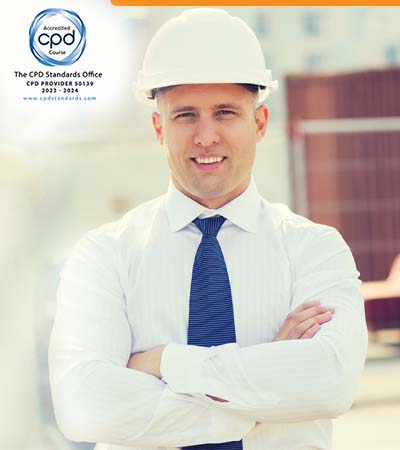Course Description
This course focuses mainly on lifting operation happening in the industry which would help the competent person to carry out the activities with adequate precautions. The Certified Lifting Engineer course is designed to provide extensive knowledge for people who have been working on lifting operation for a long time and this will aid them to understand their technical aspects with engineering solution with the current advancements in the technologies. The course focuses on requirements of relevant standards and also engineering procedures involved with lifting operations. This Advanced Programme deeply discusses on lifting accessories including their thorough examination procedures and criteria for continued periods of service during the operations.
This course is broadly divided onto 4 units that comprehensively deals with the best practices involved during lifting operations.
Course Goals and Learning Outcomes
- The need of a competent lifting supervisor
- Legal regulation to be adhered during lifting operations
- Selection of the right component for lifting operations
- Inspection and pre-use checks to be done prior to the operations
- Develop the knowledge and skills required for lifting operation.
- Understand the need of selecting the lifting gears for the operations
- Understand the elements that combine to form an accident.
- Develop confidence & professionalism in investigating, interviewing & reporting systems to be carried out in case of lifting accidents
- Apply the legal requirements and company procedures
- Basic definitions of the Lifting operations
- Study on Work load limit and Safe Working Load
- Legal Aspects covered on LOLER (The Lifting Operations and Lifting Equipment Regulation) – 1998
This part covers the roles and responsibility of the supervisor who ensures the safe lifting operations like
- Responsibility of the supervisor, crane operator and signaler
- How to carry to out the risk assessment prior to the commencement of the operation
- Stability and load balance checks done to prevent collapse of the lifting vehicle
- How to select the components required for lifting operation and their criteria to be focused during selection
- Different types of slings to be used for different lifting operations
- Types of ropes and their capacities
- How to maintain the components of the lifting gears and also their inspection requirements
This part covers the mathematical calculations to be done for determine the load limits to be followed during the lifting operations
- The safe working load calculation and their factors to be considered during the lifting operation
- The rules and regulations to be followed during the slinging and load handling operations
- Different type of hitches and concept of center of gravity to be addressed during lifting operation
- Development of lifting plan and the types of lift for the operation which is the basic aspect of lifting operations
- How to select the crane based on the geographic locations availability
- Developing the safe systems of work for lifting operation like what will be the means of communication, checklist to be adhered and the basic PPEs to be used during the lifting operations
Get Your Query Answered / Get Expert Assistance To Choose the Right Course for You Or Your Associates








